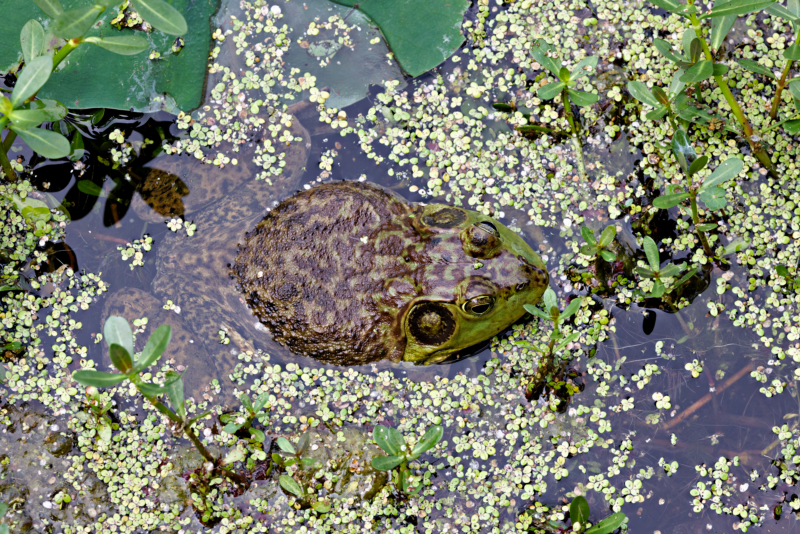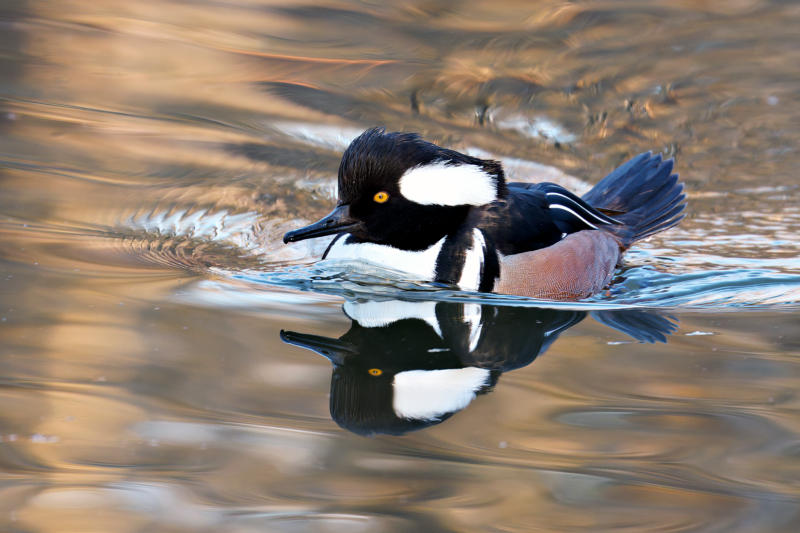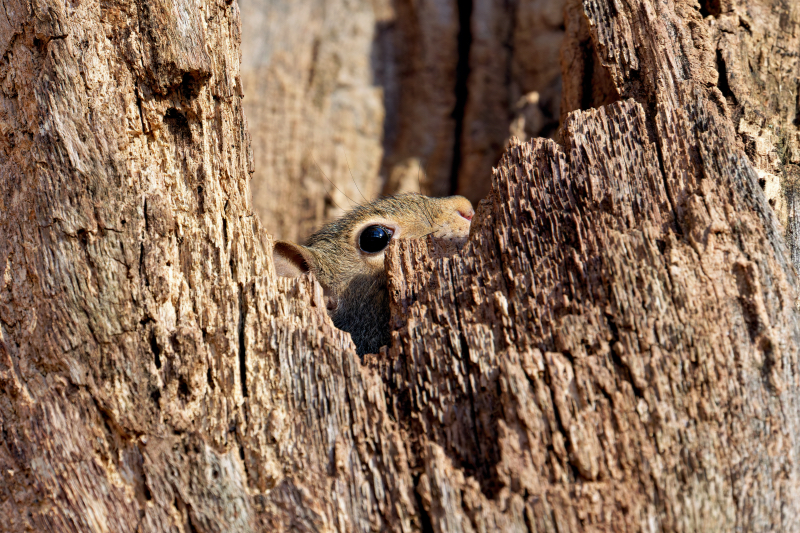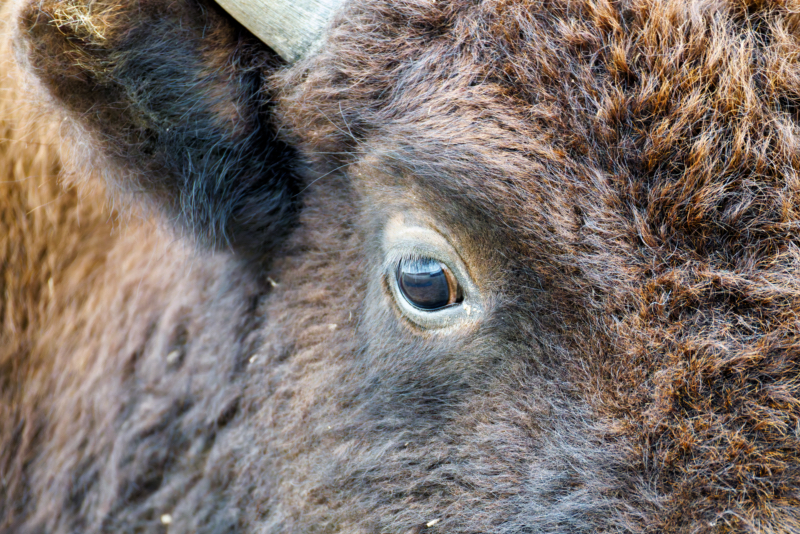Wildlife photography is all about telling a story through images. Using unconventional angles in wildlife photography can create dynamic and captivating shots that stand out. Photographing animals from different angles can make your shots more dynamic and engaging. Experimenting with fresh perspectives helps your images stand out by adding drama, depth, and creativity. In this guide, we’ll explore exciting techniques to photograph wildlife from unique viewpoints.
1. Get Low for an Eye-Level Perspective


Taking pictures at an animal’s eye level creates a stronger connection between the viewer and the subject.
- Lie flat on the ground for an immersive shot of animals that live close to the earth.
- Use a beanbag or a low tripod to keep your camera steady while maintaining a low angle.
- Shoot through grass, leaves, or other natural elements to add depth and softness to your photo.

2. Use a Low Angle for a Dramatic Effect in Wildlife Photography

Shooting from below can make an animal look larger, stronger, and more imposing. This technique is especially effective for predators and birds of prey.
- Position yourself lower than the animal to enhance its presence.
- Use the sky as a backdrop to create a clean and distraction-free composition.
- Try backlighting at sunrise or sunset for an eye-catching silhouette effect.
3. Capture Overhead Shots for Unconventional Angles in Wildlife Photography

Photographing wildlife from above reveals fascinating patterns and behaviors that are not always visible from the side.
- Find a natural elevation, such as a hill or an observation platform, to gain a higher viewpoint.
- Capture herds, flocks, or animals in the water from above to highlight movement and shape.
4. Use Reflections for Creative Effects

Shooting animals through reflections in water, ice, or glass adds an artistic touch to your wildlife images.
- Look for still water to create a perfect mirror reflection.
- Use ripples to give your photo a painterly, abstract effect.
5. Frame Wildlife Subjects for Depth Using Unconventional Angles

Incorporating natural objects like trees, rocks, or foliage as a frame around your subject adds depth and intrigue to your composition.
- Shoot through branches, grass, or cave openings to create a layered effect.
- Partially obscure the subject to introduce an element of mystery and storytelling.
6. Capture Close-Ups for Unique Details

Zooming in on an animal’s features, such as eyes, fur, or claws, creates striking and visually compelling images.
- Use a telephoto lens or macro mode to highlight intricate details.
- Focus on textures like wet fur, scales, or feathers for added visual interest.
- Shoot in soft, diffused light to enhance details while avoiding harsh shadows.
Final Thoughts
Experimenting with unconventional angles in wildlife photography can make your images more exciting and memorable. By using these techniques, you can elevate your wildlife shots and tell compelling visual stories. Whether you shoot from a low vantage point, an overhead perspective, or through reflections, trying new approaches will help you create standout wildlife photos.
Tomorrow’s topic: “Mastering Negative Space in Wildlife Photography.“ Stay tuned!

I really enjoyed this posting!
The unconventional angles produced very striking photos!
Very good and interesting tips.
Good information, Steve